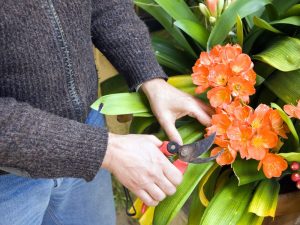Last Updated on March 27, 2024 by teamobn
Every now and then, it’s nice to come up with something to add an element of interest to a space. Gardens, for example, are wonderful places to put up quirky, exciting pieces. Whether you decide to choose a piece of furniture, a water feature, or trinkets, even the little things go a long way.
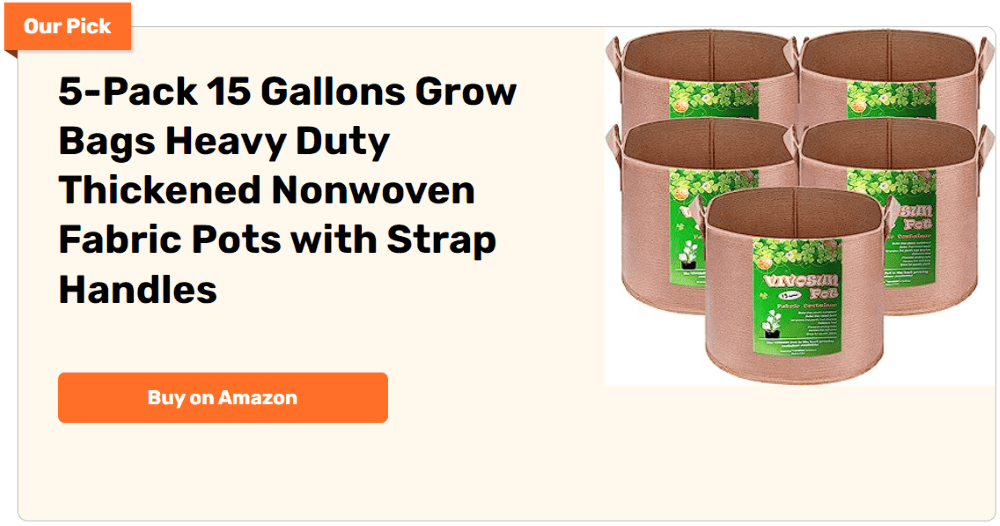
I have an aunt who’s constantly at work in her garden. When she’s unreachable by phone, we can easily find her in her favorite spot – planting, replanting, moving pots. For her birthday, we wanted to give her something that will reflect the garden-loving person that she is.
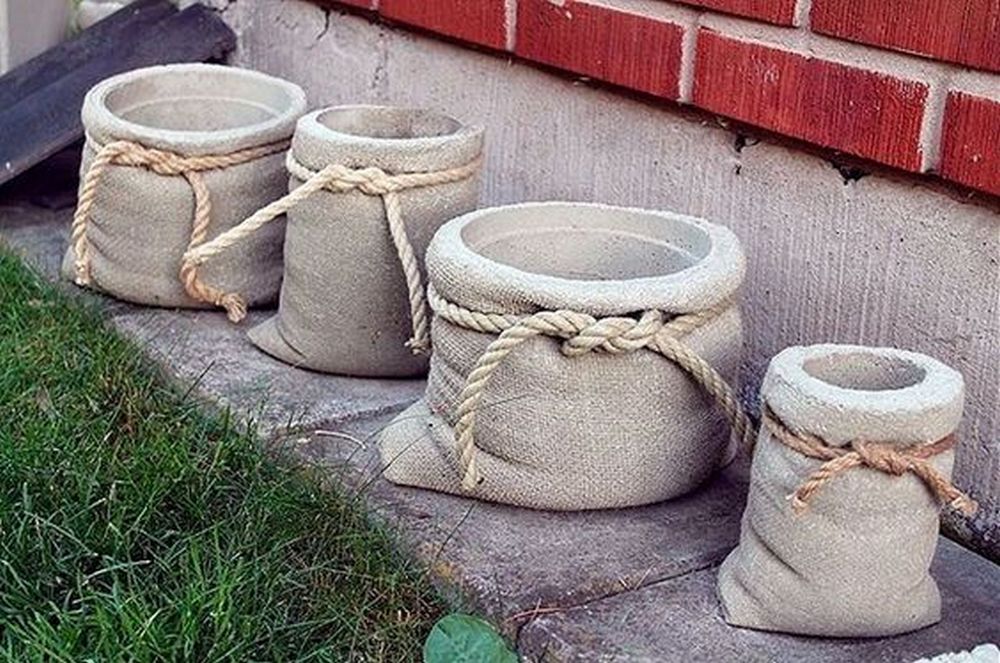
It was by sheer luck that my daughter came across this DIY project for unique burlap bag-shaped concrete planters. These planters are fun and quirky; eye-catching pieces that really stand out. We made several planters at once. It was very easy to make. Now we’re thinking of making some more for our neighbors.
Making Burlap Bag Shaped Concrete Planters
Contents
Materials
- RapidSet Cementall
- Sisal or Jute Rope
Tools
- Heavy Foil/plastic bag
- Mixing container, water, mixing spoon, Gloves & Dust Mask
- Pliers and Sanding disc
Instructions
Step 1: Prepare Your Work Area
You’re working with concrete dust so make sure you are making your planter in a well-ventilated area. Cover the space with a plastic sheet or newspaper to catch spills. Donning gloves and a dust mask is crucial to protect yourself from concrete dust.
Step 2: Create the Mold
Inflate a heavy foil or plastic bag to the desired size of your planter. It will serve as the internal mold. Shape it to resemble a burlap bag by twisting and manipulating it as needed. Secure any adjustments using tape or string.
Step 3: Mix the Concrete
Combine RapidSet Cementall with water in your mixing container, following the manufacturer’s instructions. Aim for a thick but pourable consistency, similar to a milkshake. Mix thoroughly with your mixing spoon.
Step 4: Add Sisal or Jute Rope
Cut lengths of sisal or jute rope. These will be embedded into the concrete to mimic the texture of a burlap bag. The length and quantity depend on the size of your planter and personal preference.
Step 5: Apply Concrete to the Mold
Carefully coat the outside of your foil or plastic bag mold with a layer of concrete. Ensure it’s evenly covered and not too thin. Press the sisal or jute rope pieces into the concrete at intervals to create the burlap texture. You’re going to deal with wet concrete so gloves are a must when making your burlap bag shaped concrete planters.
Step 6: Let It Dry
Allow the concrete to set according to the Cementall’s instructions, typically around 24 hours. The setting time will vary depending on the thickness of your application and the ambient temperature.
Step 7: Remove the Mold
Once the concrete is dry, carefully cut away and remove the foil or plastic bag from the inside. Use pliers to assist with any tough spots.
Step 8: Sand Rough Edges
Using a sanding disc, smooth any rough or sharp edges on your planter. This step ensures it’s safe to handle and gives it a finished appearance.
Step 9: Add Drainage Holes (Optional)
Before filling the planters with soil, drill some holes near the bottom. Your plants will thank you for this since overwatering the planters is always a risk.
Step 10: Planting
Your burlap bag-shaped concrete planter is now ready to be filled with potting soil and plants of your choice. Enjoy adding this unique piece to your garden or giving it as a thoughtful handmade gift.
Click on any image to start the lightbox display. Use your Esc key to close the lightbox.
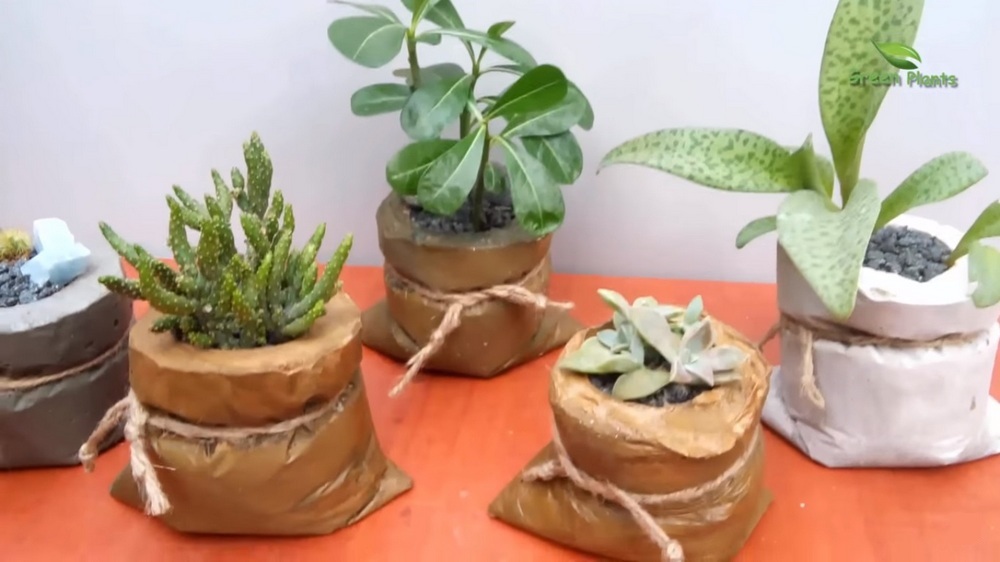
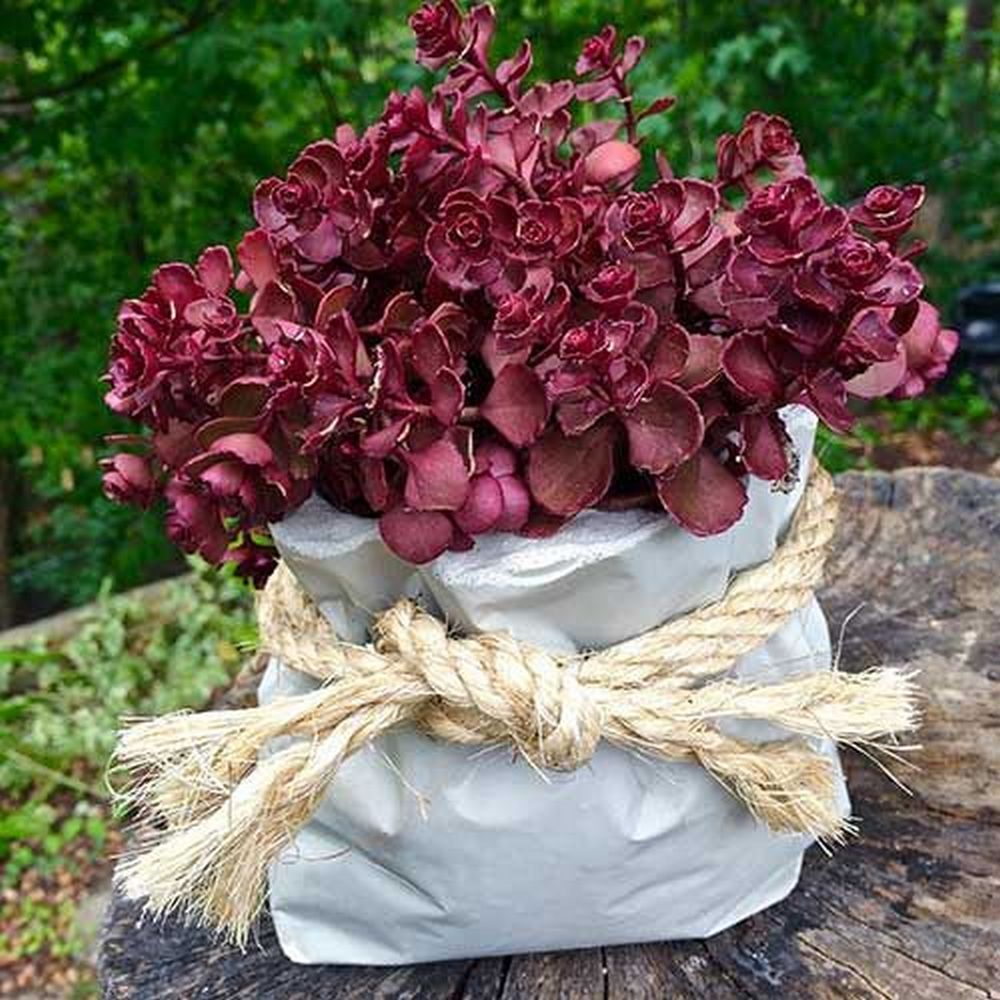
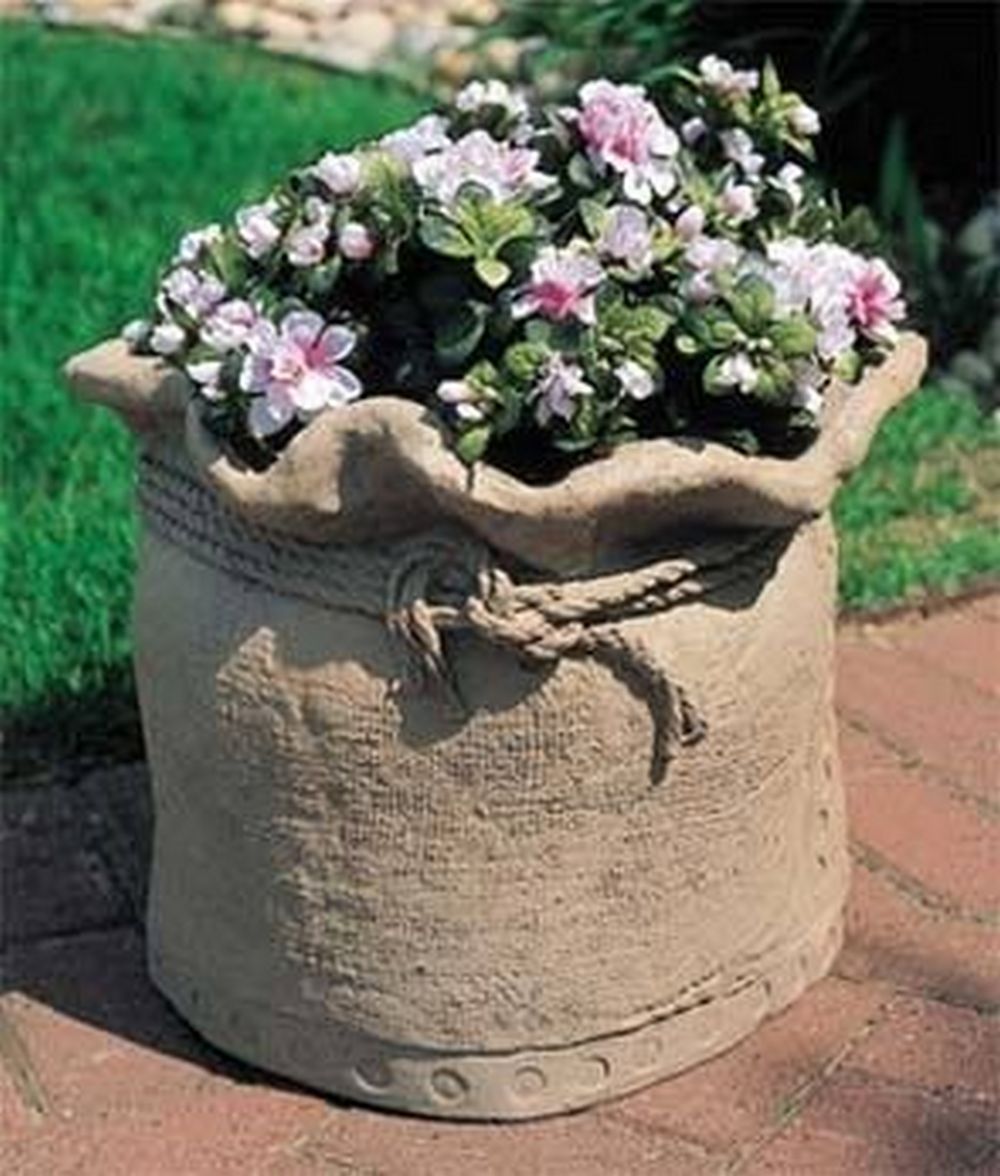
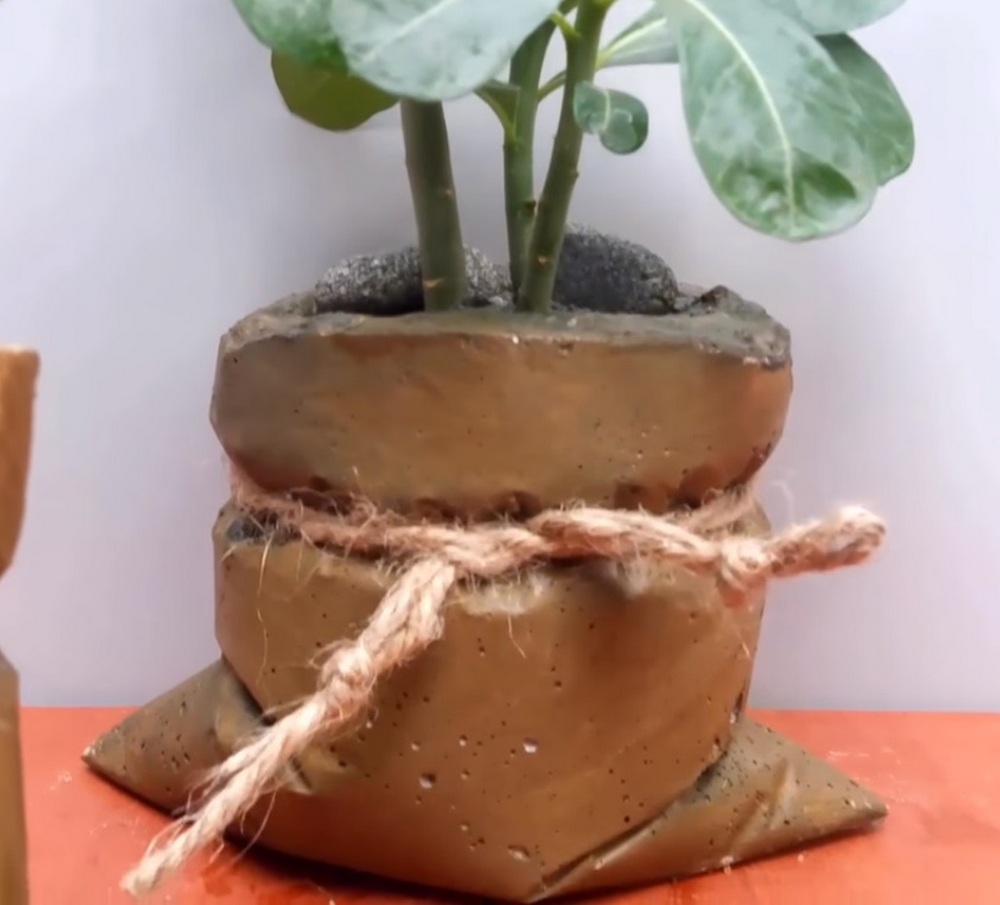
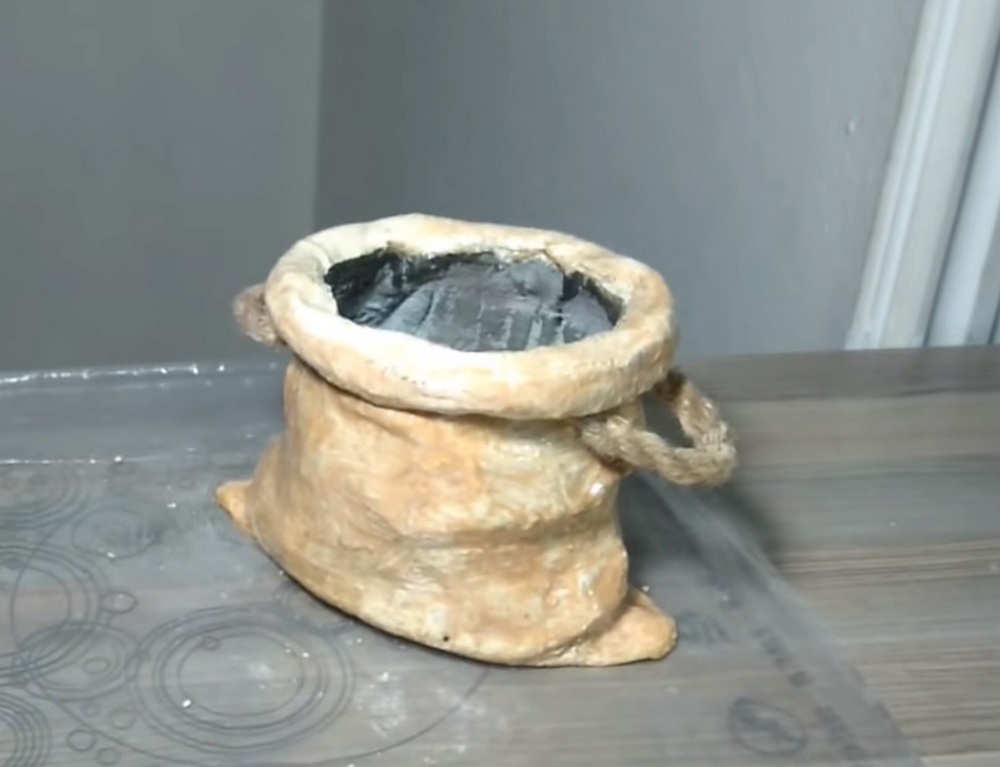
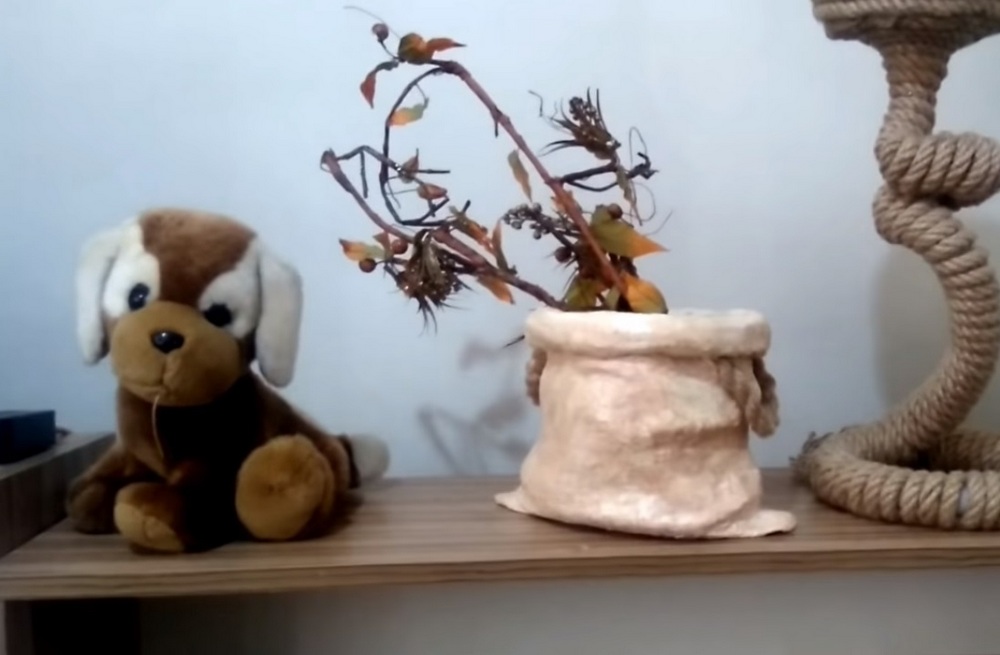

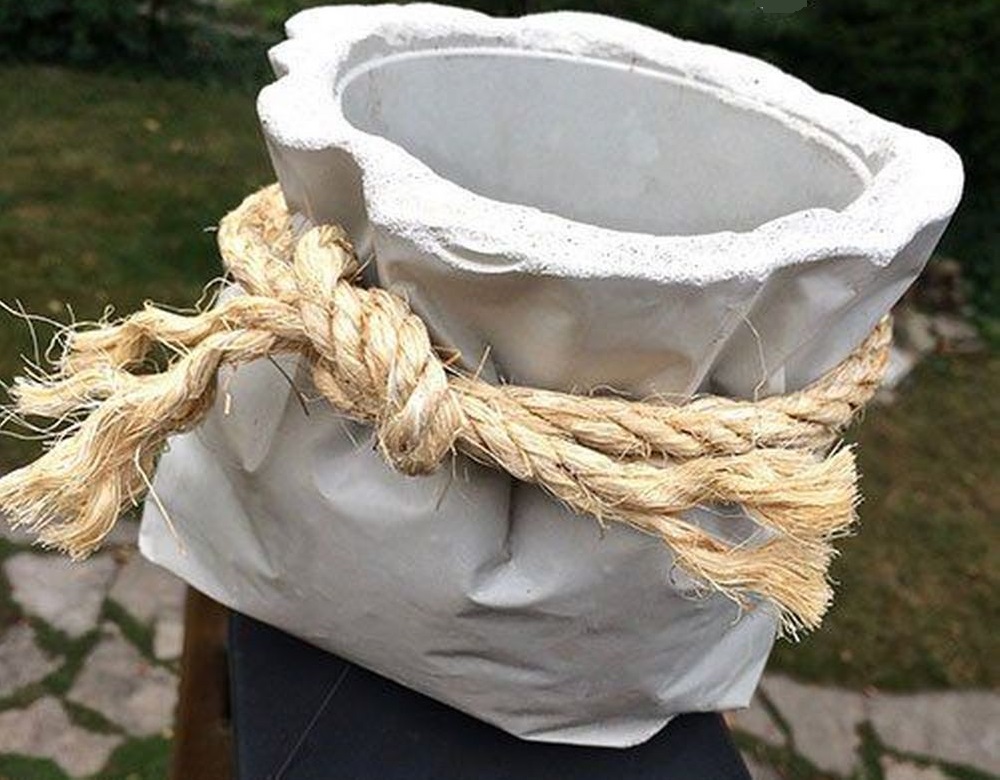

Watch the video below to get a visual instruction on making your burlap bag shaped concrete planters.
Best Plants for Your Burlap Bag Planters
Creating a vibrant and thriving garden begins with selecting the right plants, especially when you’re using distinctive containers like burlap bag shaped concrete planters. These unique planters add a rustic charm to any garden space, blending well with various plant types. Here, we will explore the best plants to cultivate in your burlap bag shaped concrete planters, ensuring that your green space flourishes and stands out with its aesthetic appeal.
Succulents
Succulents are an excellent choice for burlap bag shaped concrete planters. Their low maintenance needs and drought tolerance make them perfect for the porous concrete environment.
The unique texture of the burlap bag shaped concrete planters complements the varied shapes and colors of succulents, creating an eye-catching display in your garden.
Herbs
Herbs like basil, thyme, and mint thrive in burlap bag shaped concrete planters. These culinary staples enjoy the well-draining conditions that burlap bag shaped concrete planters offer.
Placing these planters in a sunny spot will ensure a healthy growth of herbs, ready to be picked and added to your favorite dishes.
Annual Flowers
Annual flowers such as petunias, marigolds, and pansies are vibrant choices for burlap bag shaped concrete planters. Their bright blooms bring life to the rustic texture of the planters, creating a striking contrast.
These flowers need regular watering and thrive in the ample drainage provided by burlap bag shaped concrete planters.
Ferns
For shadier areas, ferns are a lush option for burlap bag shaped concrete planters. Their verdant fronds add a touch of elegance and greenery to spaces that receive less sunlight. Ferns benefit from the moisture retention properties of burlap bag shaped concrete planters, keeping them lush and green.
Small Shrubs
Small shrubs like boxwood or lavender can be grown in larger burlap bag shaped concrete planters. These shrubs can act as focal points in your garden, providing structure and year-round interest. Burlap bag shaped concrete planters are ideal for these types of plants, offering them the room they need to grow and flourish.
By choosing the right plants for your burlap bag shaped concrete planters, you can create a garden space that is not only functional but also aesthetically pleasing. Whether you prefer the drought-tolerant beauty of succulents, the culinary benefits of herbs, the bright blooms of annual flowers, the lushness of ferns, or the structural appeal of small shrubs, your burlap bag shaped concrete planters are the perfect home for your garden favorites.

Caring for Concrete Planters
Caring for your burlap bag shaped concrete planters is key to ensuring they last for years while keeping your plants healthy and vibrant. These unique planters add a rustic charm to any outdoor space, but like all garden containers, they require some maintenance to stay in top condition. Here’s how to care for your burlap bag shaped concrete planters effectively.
Regular Cleaning Expanded
Keeping your burlap bag shaped concrete planters in pristine condition involves routine cleaning that’s both simple and effective. Begin with a soft-bristled brush to sweep away loose dirt and debris from the surface. This basic step prevents the accumulation of materials that can lead to staining over time.
For more stubborn stains or buildup, create a gentle cleaning solution by mixing mild soap with water. Using a soft sponge or cloth, apply this solution to the surface of your burlap bag shaped concrete planters, scrubbing gently to avoid any damage to the unique burlap texture. Rinse thoroughly with clean water to remove any soap residue. For those living in areas with hard water, consider using distilled water for rinsing to prevent mineral deposits from dulling the surface of your planters.
Monitoring Drainage Expanded
The health of the plants in your burlap bag shaped concrete planters significantly depends on the efficiency of the drainage system. Waterlogged soil can be detrimental, leading to conditions such as root rot, which is often fatal to plants. To ensure optimal drainage, inspect the drainage holes at the bottom of your burlap bag shaped concrete planters regularly. Remove any blockages you find, such as compacted soil, roots, or debris, which can impede water flow.
If you notice standing water after watering, consider drilling additional holes or increasing the size of existing ones to improve drainage. Another effective strategy is to layer the bottom of your burlap bag shaped concrete planters with gravel or small stones before adding soil. This layer acts as a buffer, reducing the chances of the drainage holes becoming blocked over time.
Protecting in Winter Expanded
Burlap bag shaped concrete planters are vulnerable to the harsh winter conditions, particularly in regions where temperatures drop below freezing. The freeze-thaw cycle can be especially damaging, as water absorbed into the concrete expands when frozen, leading to cracks and even breakage.
To safeguard your burlap bag shaped concrete planters during the colder months, consider moving them to a sheltered location, such as a garage or shed, where they are protected from direct exposure to the elements. If moving the planters is not feasible, wrapping them in burlap sacks or insulating covers can provide a layer of protection. This covering helps to maintain a more consistent temperature around the planters, reducing the risk of damage.
Additionally, ensure that the soil in the planters is dry before the onset of freezing temperatures to minimize water absorption. Emptying the planters or covering the soil surface with wood chips or straw can also help reduce moisture retention and protect your planters from the winter weather.
Sealing the Planters Expanded
Applying a concrete sealer to your burlap bag shaped concrete planters effectively extends their lifespan and maintains their aesthetic appeal. Sealing acts as a barrier, protecting the planters from moisture, which can seep into the concrete and cause damage over time. Additionally, it shields the surface from stains caused by dirt, pollutants, and even the minerals found in water, ensuring that the unique burlap texture remains visible and intact.
Before sealing, ensure your burlap bag shaped concrete planters are clean and completely dry. Any moisture trapped beneath the sealer could lead to discoloration or damage. Apply the sealer according to the manufacturer’s instructions, typically with a brush or spray, covering the entire exterior surface evenly. Some sealers might also be safe for interior application, offering additional protection for the planter and the plant roots from potential harmful substances in the concrete.
Reapply the sealer periodically, especially if the planters are exposed to harsh weather conditions or frequent watering. This ongoing maintenance helps preserve the integrity and beauty of your burlap bag shaped concrete planters, making them a long-lasting addition to your garden.
Handling with Care Expanded
The robustness of burlap bag shaped concrete planters does not make them immune to physical damage. Mishandling can result in chips, cracks, or even breaks, compromising the planter’s structural integrity and visual appeal. To avoid such damage, handling these planters with the utmost care is crucial.
When moving your burlap bag shaped concrete planters, always support them from the bottom. This approach distributes the planter’s weight more evenly and reduces the sides’ risk of pressure cracking. Lifting without assistance can be challenging and unsafe for larger, heavier planters. In such cases, using a dolly or a sturdy cart can make transportation easier and prevent strain on the planter and yourself. If available, enlist the help of another person to ensure the planter is kept steady and secure during the move.
Be mindful of where you place your burlap bag shaped concrete planters. Once filled with soil and plants, they become significantly heavier and harder to move. Choose a location where they can remain undisturbed and where they are less likely to be bumped or knocked over. This precaution not only protects the planter but also the plants it houses.
By following these care tips, your burlap bag shaped concrete planters will continue beautifying your garden for years to come. Regular maintenance protects the planters and ensures the health and growth of whatever you choose to plant in them.
Conclusion
Crafting a burlap bag shaped concrete planter is a rewarding project that blends creativity with practicality. With the right materials and a bit of care, these unique planters become enduring additions to any garden or outdoor space. Their rustic charm and durability make them ideal for showcasing a wide variety of plants, enhancing the beauty of your green retreat.




